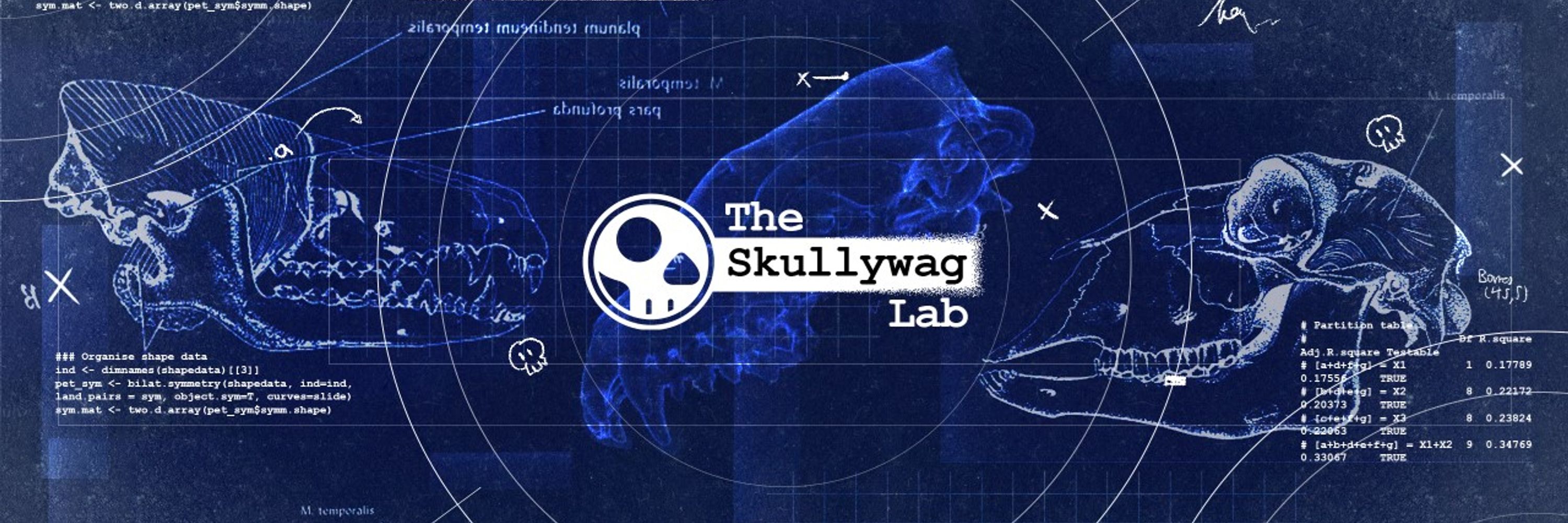
Talking the bare-bones of skull science 💀
https://www.youtube.com/channel/UCEYIN9KlJ6i5uuFy2PCOdfg




academic.oup.com/jmammal/adva...

academic.oup.com/jmammal/adva...
#placoderm #GogoFormation #arthrodire #Blender #3Dprinting
www.youtube.com/shorts/0NByE...

#placoderm #GogoFormation #arthrodire #Blender #3Dprinting
www.youtube.com/shorts/0NByE...
url:https://academic.oup.com/bioscience/article/doi/10.1093/biosci/biaf064/8157903
url:https://academic.oup.com/bioscience/article/doi/10.1093/biosci/biaf064/8157903
-During et al: efficient and open-access CT segmentation
-Díaz de León-Muñoz et al: open-access FE modeling
-Mitchell et al: new framework for comparative FEA
All open access! Kudos to the authors.
(links in thread) 1/4
-During et al: efficient and open-access CT segmentation
-Díaz de León-Muñoz et al: open-access FE modeling
-Mitchell et al: new framework for comparative FEA
All open access! Kudos to the authors.
(links in thread) 1/4
A new study suggests so, and sets out three protocols for standardising the FEA models with respect to what the heck you are actually looking at.
#evobio #Mammals 🧪
journals.biologists.com/jeb/article/...

A new study suggests so, and sets out three protocols for standardising the FEA models with respect to what the heck you are actually looking at.
#evobio #Mammals 🧪
journals.biologists.com/jeb/article/...
theconversation.com/presumed-ext...

theconversation.com/presumed-ext...
#skull #science #finiteelementanalysis #evolution
journals.biologists.com/jeb/article/...

#skull #science #finiteelementanalysis #evolution
journals.biologists.com/jeb/article/...



